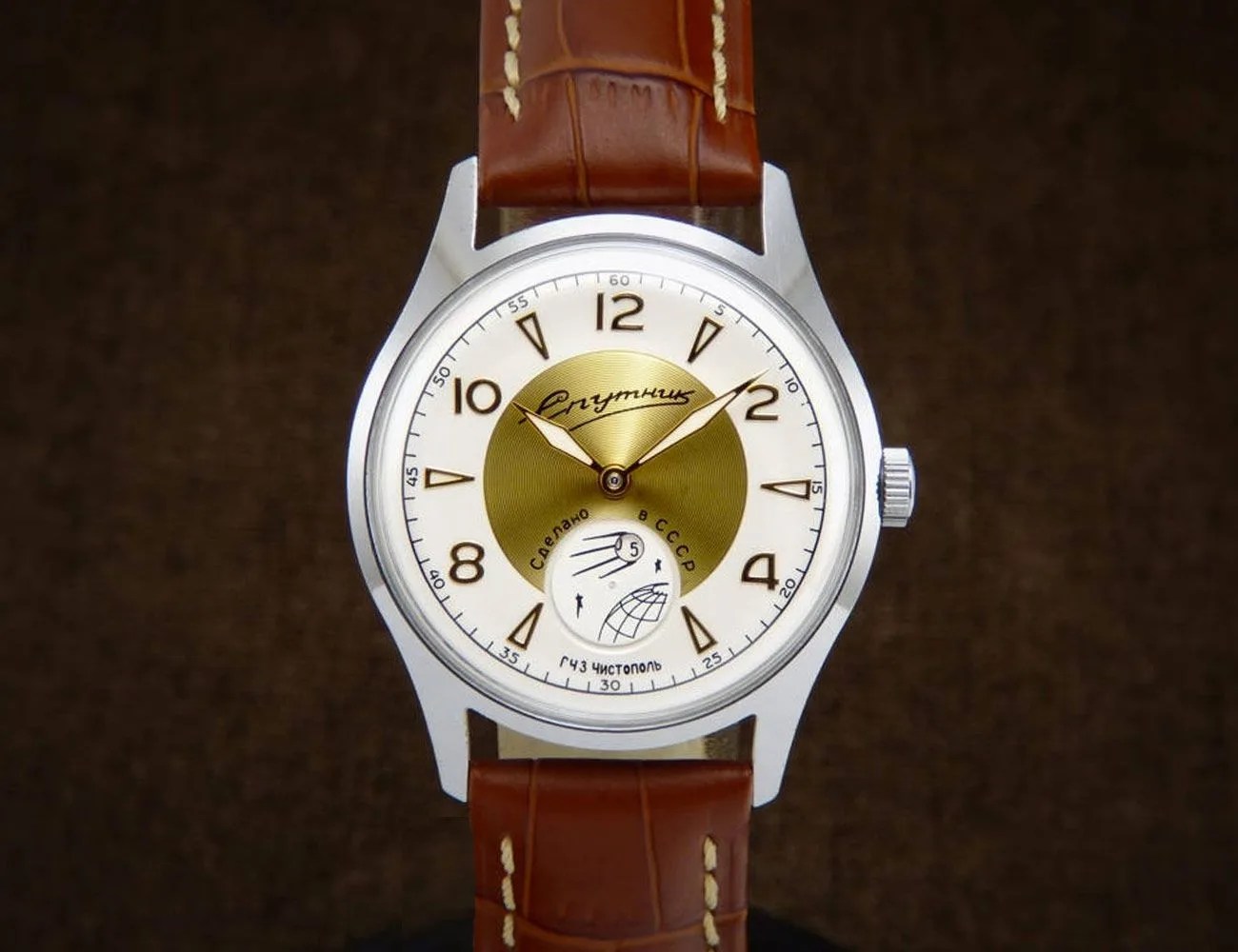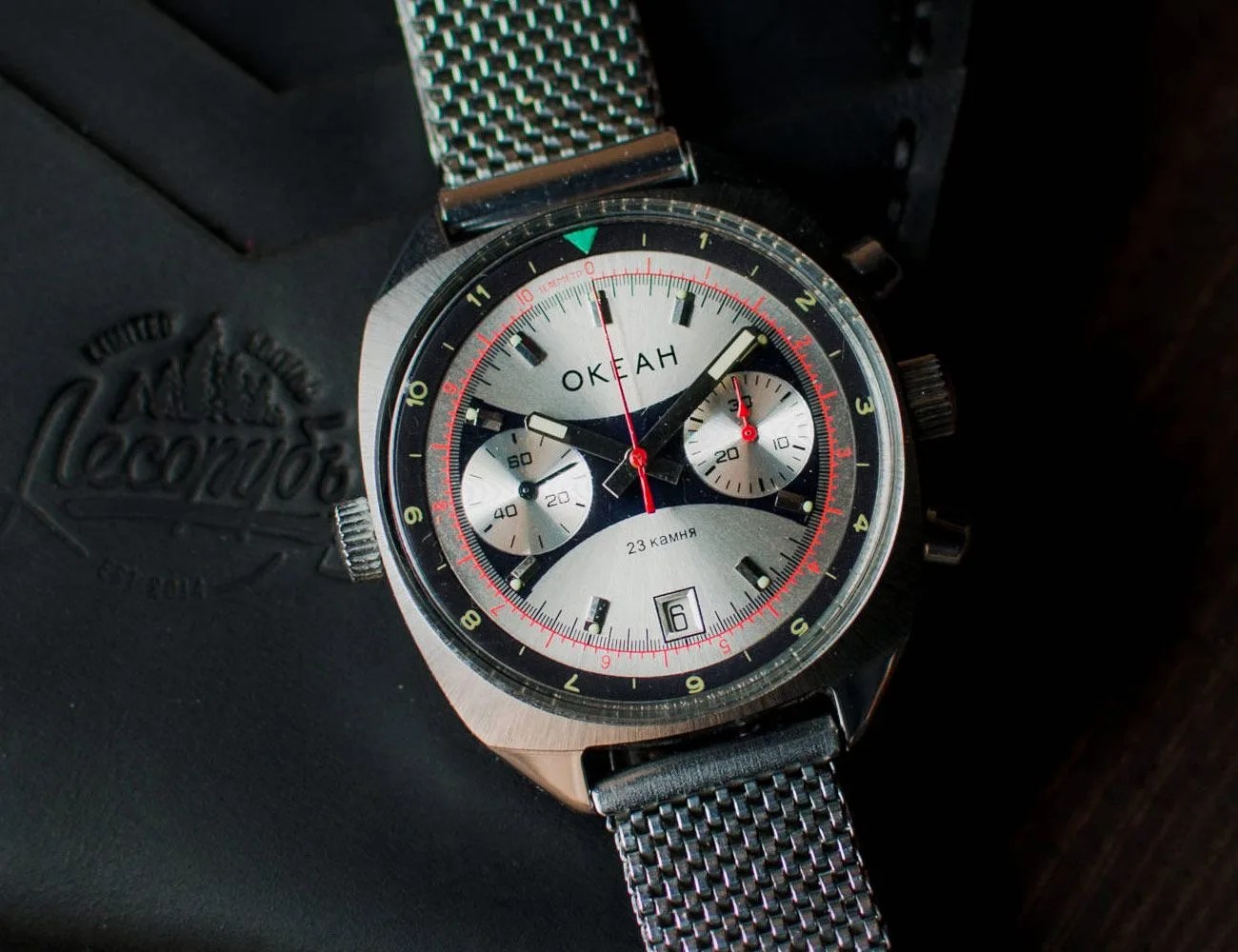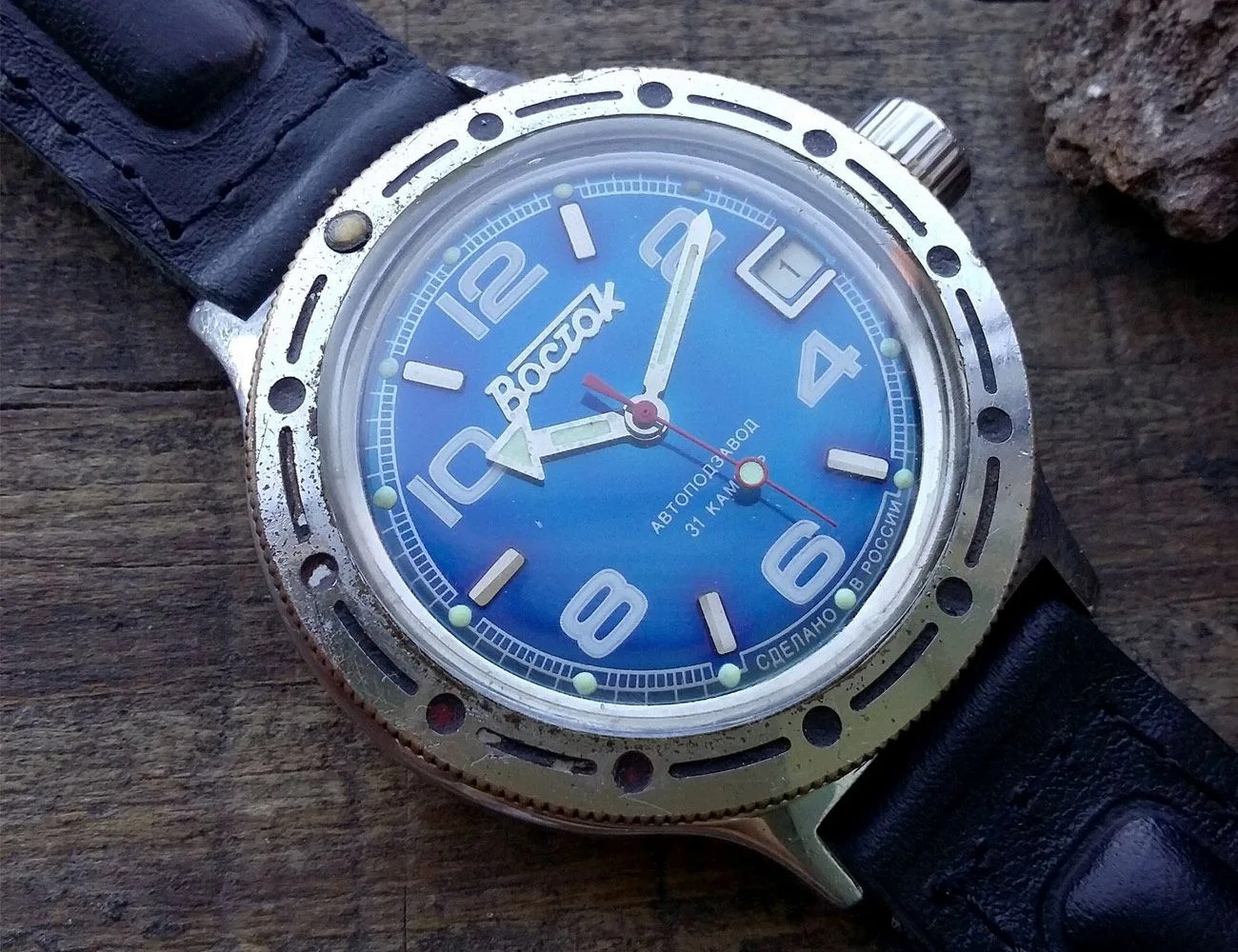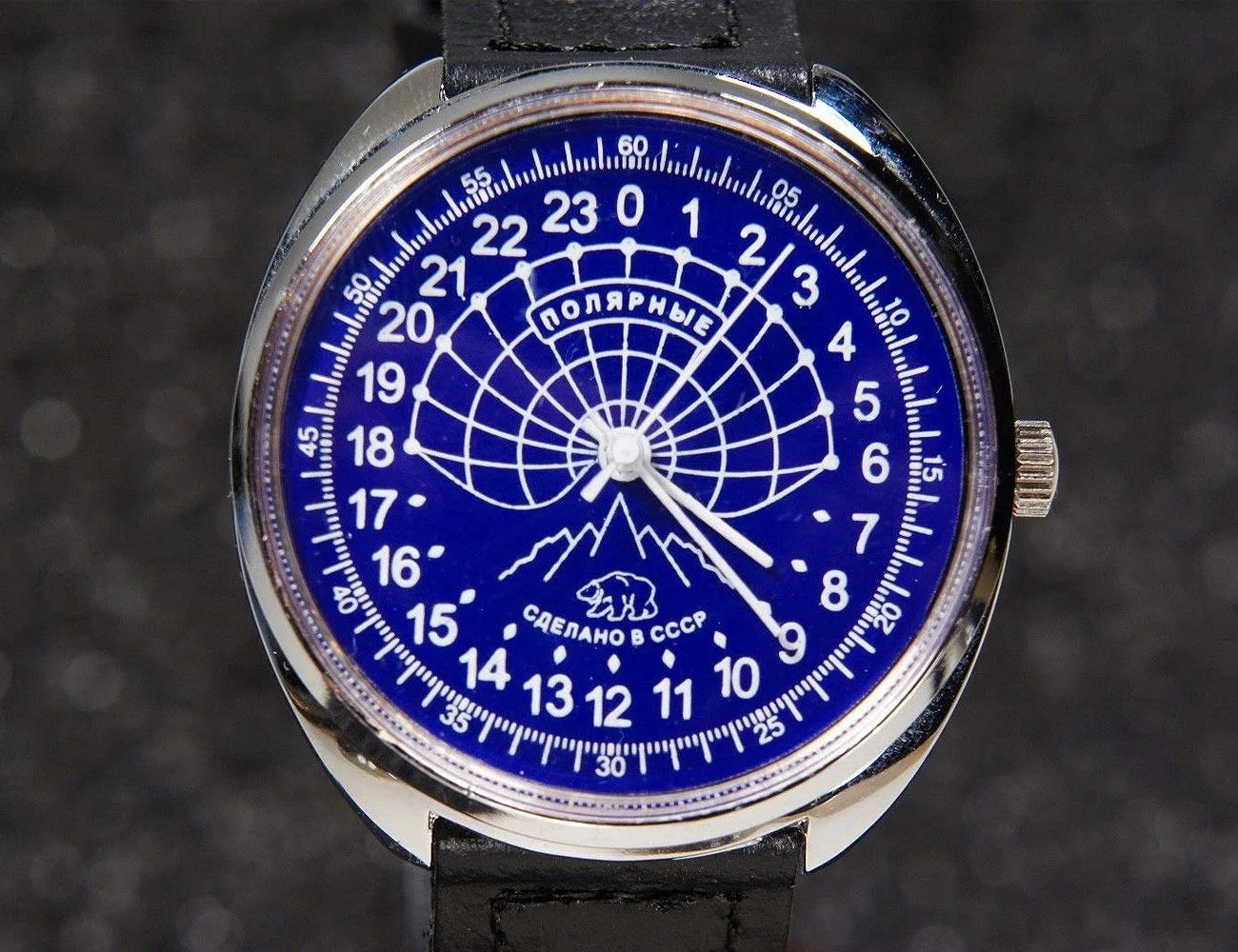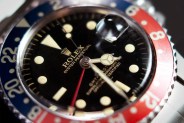Not long after the Stock Market crash of 1929, Dueber-Hampden, a watchmaker based in Canton, Ohio, went bankrupt. Slow sales and the tumultuous financial state of the world no doubt played a factor. But according to some historians, the operation was using outdated technology while other watchmaking outfits in the U.S. were the envy of the world. In 1930, Dueber-Hampden’s tooling and equipment were loaded into boxcars. Their destination, along with 21 former Dueber-Hampden employees? Moscow.
This equipment and the know-how of these employees — along with additional gear from Ansonia Clock Company (another failed U.S. clockmaker) — would help form the basis of the First State Watch Factory, and subsequently the beginnings of the entire Russian watch industry, which would become one of the most successful in the world. Up to this point, watches in were in short supply in Russia and were either imported or cobbled together in small workshops from Swiss-made movements and parts. In either case, watches were not an of the people kind of good.
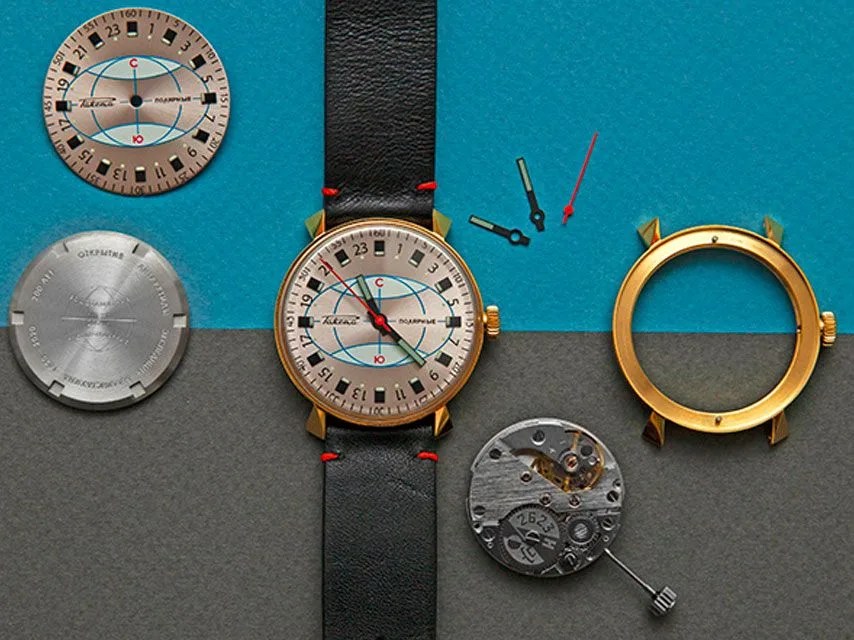
Within the next decade, Russia was producing hundreds of thousands of watches. Many were based on old Dueber-Hampden pocket watch designs, but the Russians eventually collaborated with watch companies abroad to further their development. For example, the Russian government set up a contract with French watchmaker Lip in the 1930s to collaborate on movement production — it lasted all the way until the 1950s, resulting in many high-end movements that Soviet watchmakers ended up improving on.
In fact, improving watches from outside lands, generally for reliability’s sake, seemed to be the Russian watch industry’s modus operandi, sometimes in an apparently illicit capacity. For example, as Swiss watchmaker Zenith’s chronometer-grade caliber 135 gained traction in the 1950s, the Russians sought to create their own hyper-accurate watch by copying the design. According to noted Russian watch collector Mark Gordon, it’s a mystery as to how it happened. “Nobody is quite sure what happened, but the Zenith caliber 135 blueprints ended up at the Tschistopolsky factory, where a modified version was then produced called the Volna,” he told the New York Times in 2007.
The Volna was not a direct copy. For starters, the small seconds hand of the Zenith caliber was swapped for a centrally-mounted hand, there were more jewels added and a larger balance wheel was utilized. Finishing was pretty much non-existent. And that gets to the crux of the matter: the watches of the USSR were almost never ostentatious, lacking in finishing or frivolous complications — they were first and foremost time-telling tools, built to be robust and reliable. After all, wouldn’t anything else just be an affront to the Soviet ideal of utilitarianism?
 Raketa
Raketa

